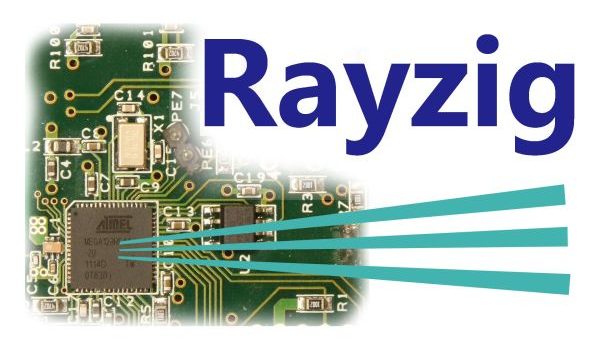
Rayzig, since it’s inception has been cogniscent of differing market needs, and has tried at all stages to ensure these needs are considered :
- Domestic
- Commerical
- Utility
The markets provide their own unique challenges, and these are considered accordingly :
Domestic
The domestic market is currently the area where most competition is
found, and this is mainly in the provision of small, low cost devices, some are plugged into a wall socket and are controlled by a hand
held controller, others controlled by a mobile device. Some of the systems may work directly to the device, whereas others provide a ‘gateway’ to allow access. Initially many of these systems were limited in the number of devices that can be operated, but technology is evolving and the numbers are increasing.
Some manufacturers provide slightly different mechanism’s for the
control of the devices – based on Zigbee, Z-Wave, IP or other similar
protocols. Work to standardise the Internet of Things (IoT) market place was announced at the Consumer Electronics Show in 2020.
This means that many of the technologies that currently operate in the market may become redundant or require additional hardware in the future.
Commercial
The benefits of Rayzig in a commercial setting could be considerable, with upto 8000** – 4 port modules per individual system or site – Rayzig can give levels of control which help in the running of a building, and help in reducing your carbon footprint.
Rayzig modules can be installed easily to control lighting, or power
devices. With avariety of battery input devices, there is no need for switch wiring to be installed into partition walls. These modules can be located anywhere and their operations programmed accordingly.
This means changes can be made to the layout of a building with minimal electrical changes needed – battery modules can be located as required, and changes to the control of output modules is simply a change made through the Raymon software and uploaded to the modules concerned.
The development of a DALI Master and a 0 – 10v dimmer module provides an easy mechanism to integrate Rayzig into existing sites, and allows the lighting designer to cater for more complex configurations giving more control to the user.
The use of either the WireBridge or IPBridge modules allows for the Rayzig network to be used in other buildings within the locale. Multiple sites can be operated using the Sites facility within the Raymon software.
Utility
As energy demands increase, there will be more and more need to be
able to control the demand by utility companies. With the use of
Rayzig’s Utility software, a command can be sent to a remote site to
change the status of designated modules, so that demands could
be more accurately controlled – for example :
Say Rayzig is used in various government buildings, with certain non-essential equipment being set with a particular zone code. In the
event of needing to control the generation of power, due to potential
overload, or selling excess to help elsewhere, a command could be issued by the Utility to connect to each locations’ gateway modules to
turn the non-essential equipment off, along with details of how long before coming back online. This mechanism minimises any surge loading when restarting.
Rayzig could go beyond the concept of smart metering, and start providing a way of providing control where it is most needed.
** Whilst Rayzig is designed for this number of modules, there are restrictions within the LWMesh software stack which means the number of modules may be significantly lower in some networks
